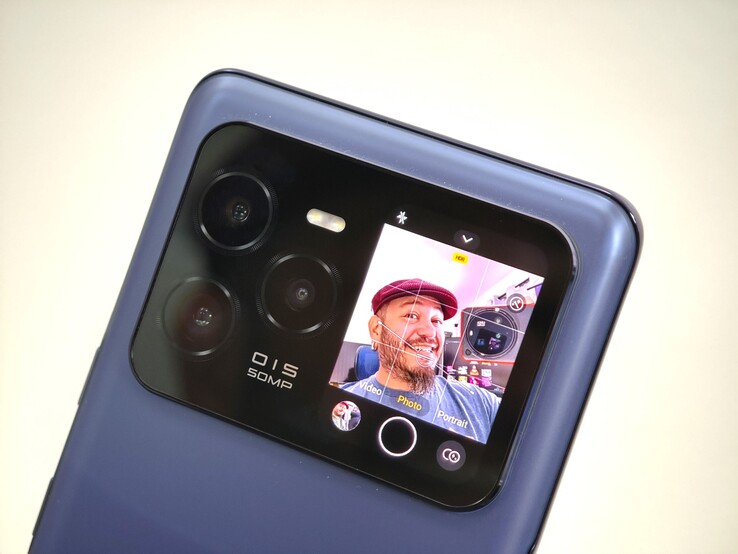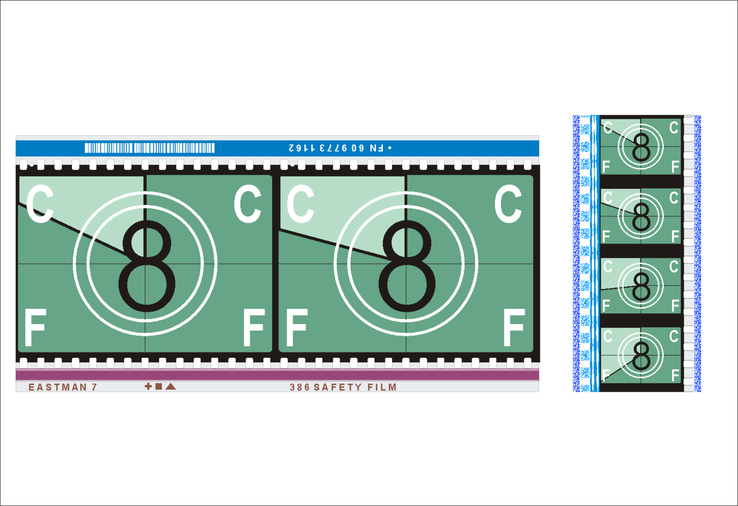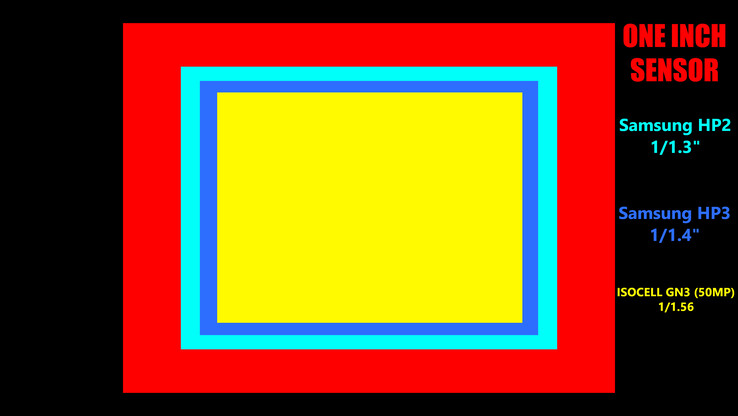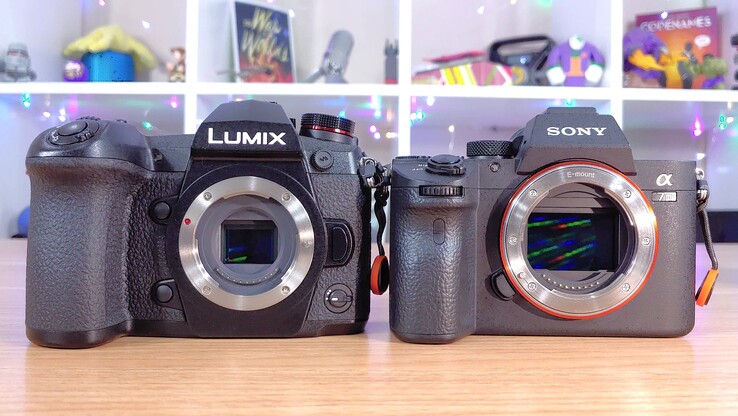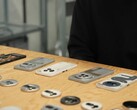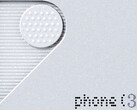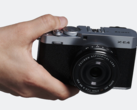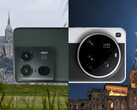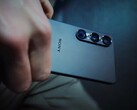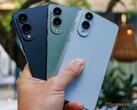A friendly reminder that resolution tells you (almost) nothing about camera quality
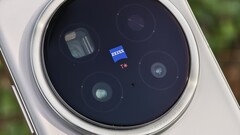
I get it. I understand. We need shortcuts and abbreviations in our tech conversations. For cameras, the most impressive looking marketing number is the resolution. We can build a post or video title with the fewest number of characters and slap on a really big number.
Bigger numbers are better!
“YOU WON’T BELIEVE THIS BUDGET PHONE PACKS A 50MP TRIPLE CAMERA!”
Tech savvy individuals should be able to sniff out a sensational headline for what it is, but the fact that we see so much coverage hyping resolution probably means it still has some impact on generating traffic.
I recently read an editorial (on another site) about folding phones, bemoaning Samsung’s reluctance to put Samsung’s “200MP lens” on either of the Galaxy Z folding phones. Ignoring the obvious mistake in using the word “lens” instead of sensor, which 200MP component did the author mean? Samsung makes two different sensors sporting 200 million pixels. (Honestly, either would be an upgrade for Z Fold and Z Flip, but I don’t think that’s what the author was indicating).
Not to solely pick on other sites, but you'll regularly find articles and news posts here on Notebookcheck describing a camera only by mentioning the resolution. It's easy. Most tech sites have been guilty of this shortcut at some point in their gadget coverage.
Smartphone photography is at an interesting crossroads.
I’ve been consistently impressed with the camera offerings from brands like Tecno and Infinix. I was utterly charmed by the camera and selfie screen on the Lava Agni 3. Oppo, Vivo, and Xiaomi have been offering inexpensive phones for years with cameras that punch well above the expectations of their price tags.
What we might think of as an “average consumer” photography experience is now solidly satisfied below mid-ranger pricing.
Yet, in presentation and marketing, we’ve convinced consumers they should own “the best” experience. The most expensive phones have “the best” cameras. Isn’t it exciting that THIS camera has TWO HUNDRED MILLION PIXELS on it!
It’s something photographers understand, as that community also suffered a run through the “Megapixel Wars” during an earlier era of point and shoot and DSLR cameras. We rationally understand that more expensive professional cameras aren’t “better” because they do more of the thinking for you and have more dots on their sensors.
The expensive camera-specialist smartphones are reaching a tipping point, where they should probably be discussed with a similar nuance as a standalone cameras.
Sensor size has always been significantly more important.
Throughout history, humans have always been impressed by “big”.
The images from a Medium Format film camera are noticeably different from the little disposable cameras we used to buy at drug stores. Film makers can make a good-looking movie on 16mm film, but when you want to WOW an audience, people know the IMAX brand means “BIG”. Digital sensors are no different.
We can soak up more light with a larger sensor, delivering more impressive results in a wider range of lighting conditions. A bigger sensor enables more confidence in image clarity. All other specifications being equal, a manufacturer will likely let you drive the sensor sensitivity on a camera higher when a larger sensor is used.
Aesthetically, larger sensors allow for a more dramatic and shallower depth of field. It’s literally true that a lens is responsible for depth of field, but it’s practically true that the sensor determines your lens choice. The bigger a sensor gets, the easier it is to achieve a shallower depth of field.
The above statements are true for all digital cameras.
This isn’t unique to cinema cameras or mirrorless cameras. The exact same trends are observed in smartphone cameras. Bigger is better, but the resolution doesn’t tell us if the sensor surface area is larger.
When a manufacturer lists “50MP” on the spec sheet, there are a range of sensor sizes that offer that resolution. The smallest 50MP camera I can find is on a sensor smaller than the 12MP found on the Galaxy S7 from 2016. The largest 50MP sensor available in a phone is a tiny fraction larger than the sensor in a standalone camera like the Sony RX100 VII. That’s an enormous range of sizes. Looking at the relative sensor area, we would never equate these two experiences, but they’d both be labeled “50MP”.
For Samsung’s 200MP sensors, the range isn’t quite as stark, but it looks roughly like this.
There’s a small, yet practical difference between the two. They’re built for different applications, but technically yes, they both have two hundred million pixels.
What is an "MP" label good for?
Advertising this one specification, the only thing we can be certain of, a phone will have a newer sensor than if it still had a 12MP sensor. If a phone brand recently upgraded from 12MP to 50MP, we can’t be sure what sensor they’re using, but it will likely improve on auto-focus performance.
The sensor might also help improve HDR image capture. When clusters of colors are packed together in larger blocks, individual sub pixels can capture different exposure values.
Otherwise, we can’t exactly be sure what else is really an upgrade until we know more about the sensor and the lens combination. “50MP” or "200MP" has told us very little.
How to deal with a gap in consumer education?
Selling consumers on resolution probably sets a lot of folks up for disappointment.
“This new phone has 50MP, but the photos don’t look much different than the old phone I had with 12MP. This stuff is all snake oil!”
We need shortcuts in tech conversations. We need those quick references that help a consumer get to the point, and find the information they care about. I’m under no illusion that, in this exact moment, listing a camera as having a “100mm equivalent lens paired with a 1/1.4” Type hexadeca-cell binned sensor with 0.56µm pixels”, won’t really help most consumers make a more informed purchasing decision than telling them “it has 200 em pee”.
The difference though, one description is unfamiliar but precise. The other description is vague.
We need something that helps on-ramp more consumers who might be curious about practical differences. Right now, it’s all or nothing. There’s very little in the middle.
We see something like that middle-ground with mirrorless cameras.
The bulk of consumers will see a mirrorless and think “nice camera”. Then a middle group of enthusiasts will understand differences like “APS-C” or “Full Frame”. Then the smallest group will dive deeper to find the specific features and tools they want on a camera.
As prices on our gadgets climb, and better tech trickles down to mid-range and entry-level devices, this understanding really could help people overcome the fear of not owning “the best” phone camera. Many consumers could save money on future purchases. If more people understood that middle area of tech specs, more people might understand that their needs are satisfied by an “A Series” phone, and they might not get much value out of spending more on a Pro or Ultra.
I don’t know how we get more people into that middle ground on phone photography, but I think it’s always worth reminding folks that the number of megapixels is one of the least valuable metrics we can use.
Source(s)
Own experience and research




